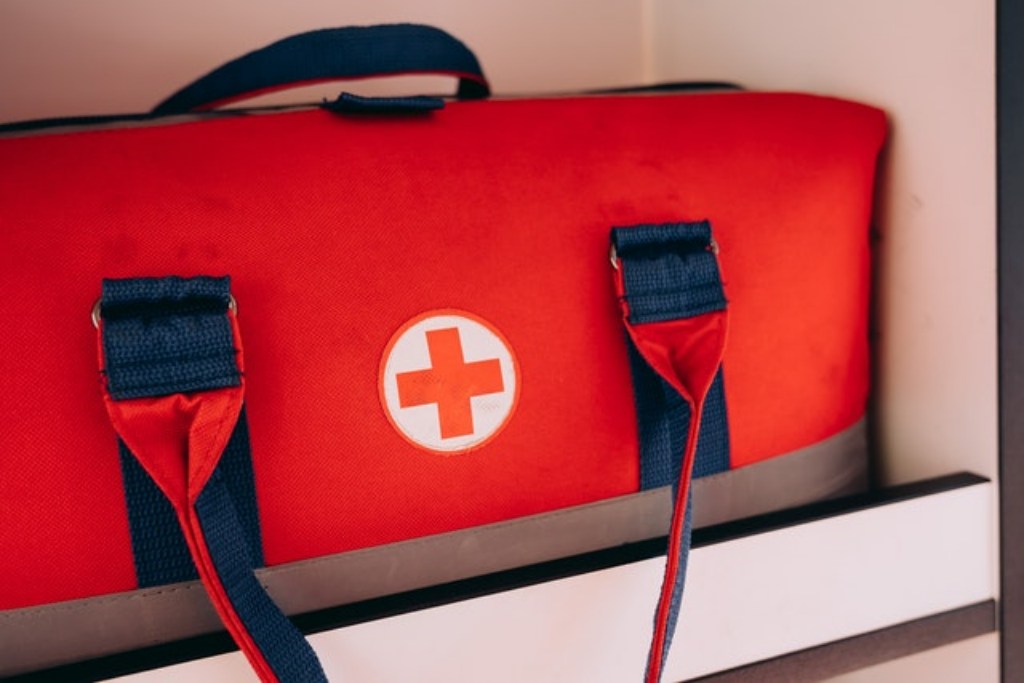Severe weather and other environmental conditions can lead to unexpected emergencies that keep your family confined to your home. In extreme cases, you may be left without power for an extended period of time, or you may be unable to leave your home.
There may also be supply chain issues and the limited availability of resources and community services. For all of these reasons, you should prepare a comprehensive emergency response kit for your home.
1. Supplies to Protect Your Home
You should start your emergency preparedness plan by gathering supplies you’ll use to protect your home. For example, you can use hurricane tarps if your home isn’t equipped with shutters. If you have a sump pump with a battery-operated backup, be sure the batteries are rotated on a regular basis.
Make sure you have easy access to tools because you may need them in the aftermath of a severe storm. It’s also a good idea to stock up on plastic sheeting and good-quality duct tape. If there’s a leak in your roof or around your windows, covering the area with plastic sheeting can help you limit water damage. Keep buckets handy to catch excess water.
2. Food and Water for an Extended Crisis
There may be a situation where you won’t be able to make it out to the grocery store. In that case, you should assume local restaurants will be closed and other sources of food will be unavailable.
You can prepare for this eventuality by stocking up on bottled water and nonperishable food. As you store these items, pay close attention to the expiration dates on each food. This will help you consume and replace food before it goes bad.
Be sure to continue rotating the food in this manner to ensure you will have the freshest food in an emergency. Water should be consumed in order of freshness as well since sitting water can become stagnant.
3. First Aid Supplies to Cover Injuries
During a severe storm or another emergency, you or a family member may become seriously injured. Some injuries can occur after the event as well. You can prepare to treat injuries by stocking up on a few standard medical supplies.
Start by buying a basic first aid kit for each member of your family. You can supplement those supplies by stocking up on cloth bandages, gauze, hydrogen peroxide, and over-the-counter pain relievers.
Add medical equipment to your kits, such as an oral thermometer, home automated external defibrillator (AED), and blood sugar test kit. If you think of other medical equipment you may need in an emergency, add those to your inventory as well.
4. Equipment to Help You Cope With a Power Outage
The loss of power is usually brief in most communities, but you should be prepared to be without power for several days or longer. This means stocking up on flashlights and extra batteries.
While you may be able to use the apps on your phone at first, don’t forget that your phone battery will drain with continued use. Be sure you also have plenty of blankets to keep warm during a winter storm.
Keep manual tools on hand, such as a hand crank can opener when you can’t use electric appliances.
5. Miscellaneous Supplies
Many other items will come in handy during an emergency. For example, keeping a battery-operated radio on hand will give you access to important news reports related to the emergency.
Each family member should have their own whistle to ensure they can call for help in any type of emergency. Face masks should be stored in your kit, and they should be worn if the air becomes contaminated with dust or other respiratory hazards. Wet towelettes will make it easy to clean the face and hands when running water isn’t available.
Don’t forget to stock up on pet food, prescription medication, several changes of clothes, and other items that will help you last several days or longer.
Final Tips
As time passes, be sure to switch out older products and supplies in your emergency response kit for fresher items. While this certainly applies to nonperishable food and water, you should also replace older medical care supplies. You will want to be sure everything in your kit is in the best possible condition to help you keep your family safer under emergency circumstances.


